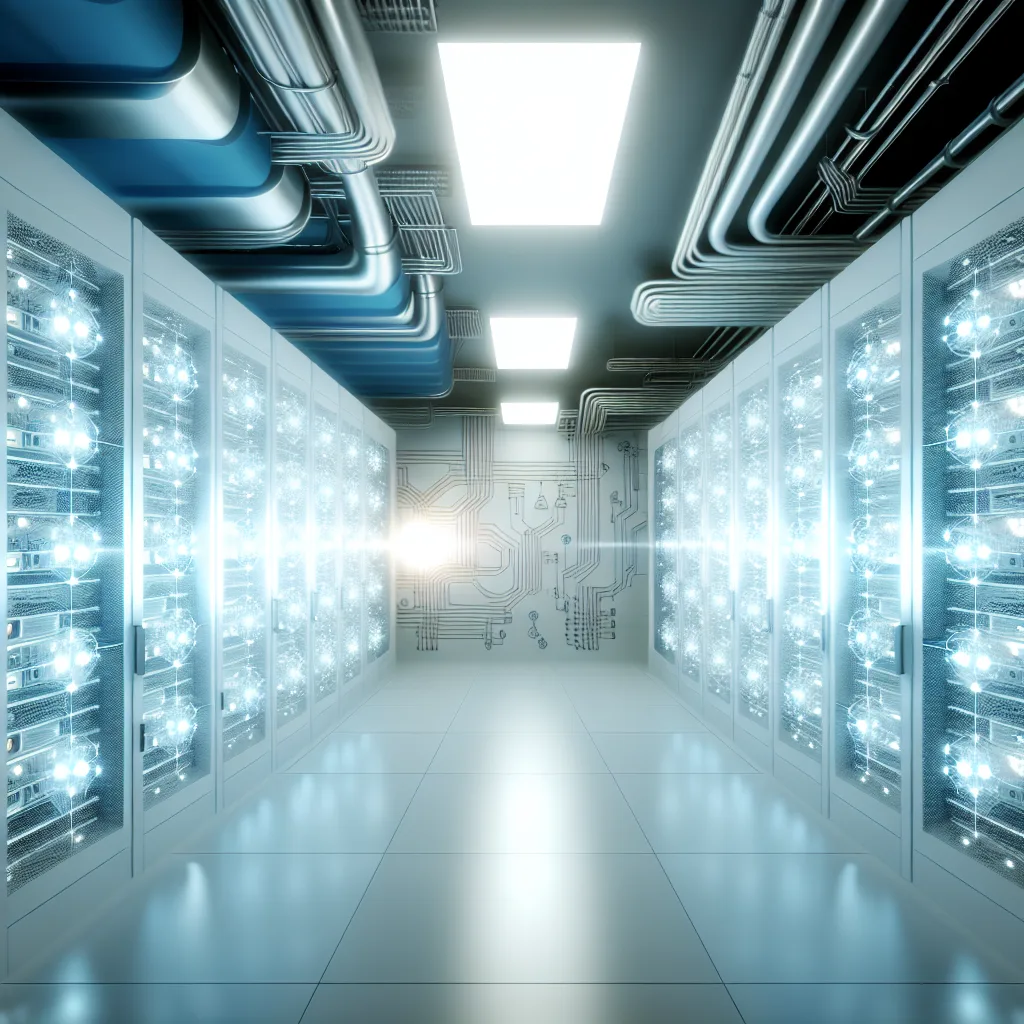Exploring the latest research shaping how data centers consume energy and operate efficiently
If you’ve ever wondered how the massive digital world we rely on every day keeps running smoothly, a big part of the answer lies in the “data center energy” management and innovation happening behind the scenes. As data centers grow in size and importance, understanding how much energy they consume, how they’re adapting to new demands, and the technologies making them smarter and greener is more relevant than ever.
The Growing Energy Appetite of AI in Data Centers
One key trend driving discussions around data center energy is the rapid rise of AI workloads. In 2024, the Electric Power Research Institute (EPRI) released a detailed analysis showing how AI is pushing energy consumption at data centers to new heights. The computer power required to train and run AI models can be enormous. This means data centers are using more electricity than ever, challenging researchers and operators to find balance between performance and efficiency. You can check out their report for a deeper dive at EPRI.
No More Flat Power Demand: What This Means for Us
Back in 2023, GridStrategies highlighted a significant shift: the era of flat power demand is over. Data centers aren’t just silently sucking up power; they’re reshaping electricity demand patterns entirely. Combined with electrification in other sectors, this creates a new landscape for grid operators and energy planners to navigate. The unpredictable spikes and new demand sources require smarter grid management and new strategies for ensuring reliable power. Learn more at GridStrategies.
Automation and Smart Management on the Rise
Another fascinating area is how automation is improving the way data centers run. From AI to digital twins—virtual replicas of the facility used for simulations and planning—to robotics that perform maintenance, the landscape is becoming more efficient and less labor-intensive. A 2021 paper on these trends points out that these tools aren’t just conveniences but essential for managing complex, high-density data centers with lots of moving parts. Dive into the details on Semantic Scholar.
Cooling Innovation: Air-Liquid Convergence Architecture
One challenge that’s always front and center in data center energy discussions is cooling. These facilities generate a lot of heat, and cooling technology has to keep pace without draining the power bill. Huawei introduced an interesting concept in a 2024 white paper called Air-Liquid Convergence Architecture. This system uses a smart hybrid approach that dynamically switches between air and liquid cooling depending on the server density and workload needs. It’s a clever solution designed to optimize cooling efficiency and reduce energy use. Their white paper is available at Huawei.
Why Does This Matter?
Understanding these latest trends in data center energy isn’t just tech geek stuff—it affects our everyday digital experiences, the sustainability of our technology, and even the cost of services we use online. Data centers are the backbone of the internet, cloud computing, and AI advances. How they manage energy consumption impacts carbon footprints and operational costs globally.
So next time you’re streaming a video, playing online, or asking your smart device a question, you can appreciate the complex dance of power, automation, and cooling that keeps it all going behind the scenes. Growing data center energy demands mean innovation isn’t just nice to have—it’s necessary for the future we’re building.
References and Further Reading
- EPRI – Powering Intelligence: AI and Data Center Energy Consumption (2024): https://www.epri.com/research/products/000000003002021443
- GridStrategies – The Era of Flat Power Demand is Over (2023): https://gridstrategies.com/publications/
- Semantic Scholar – Emerging Trends in Data Center Management Automation (2021): https://www.semanticscholar.org/
- Huawei White Paper – Air-Liquid Convergence Architecture (2024): https://e.huawei.com/en/publications
